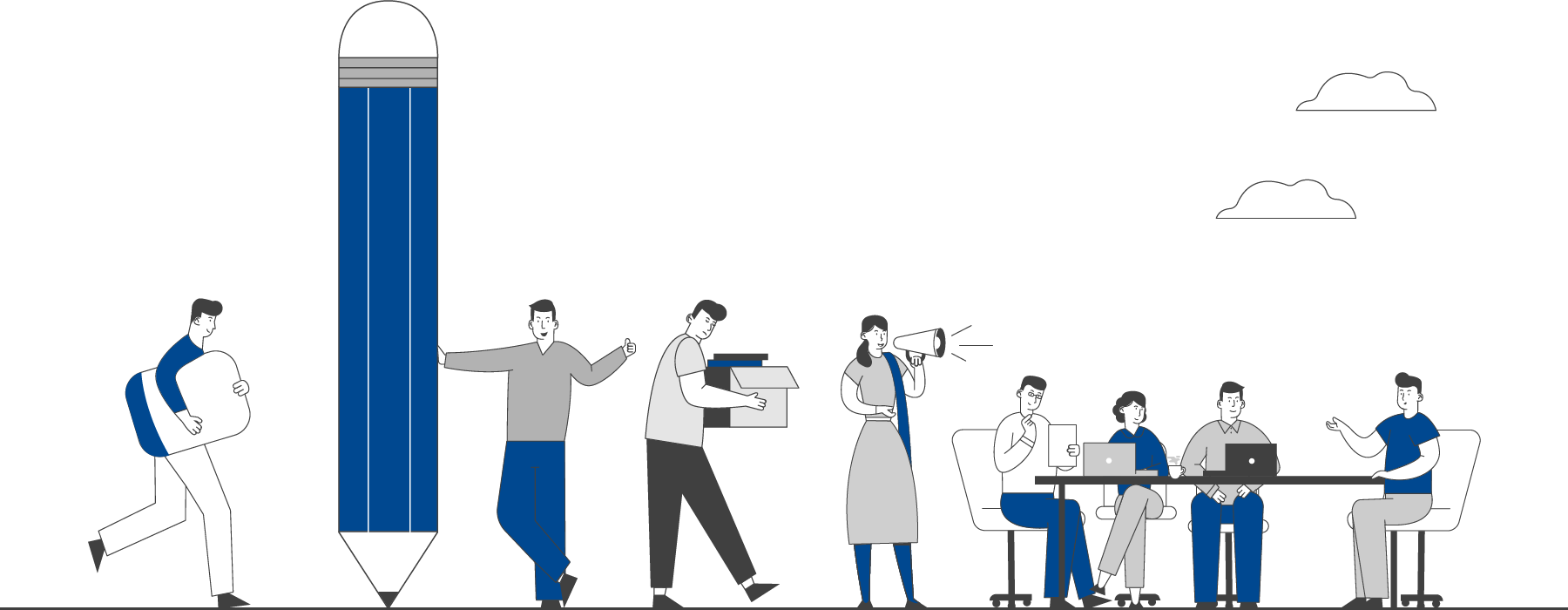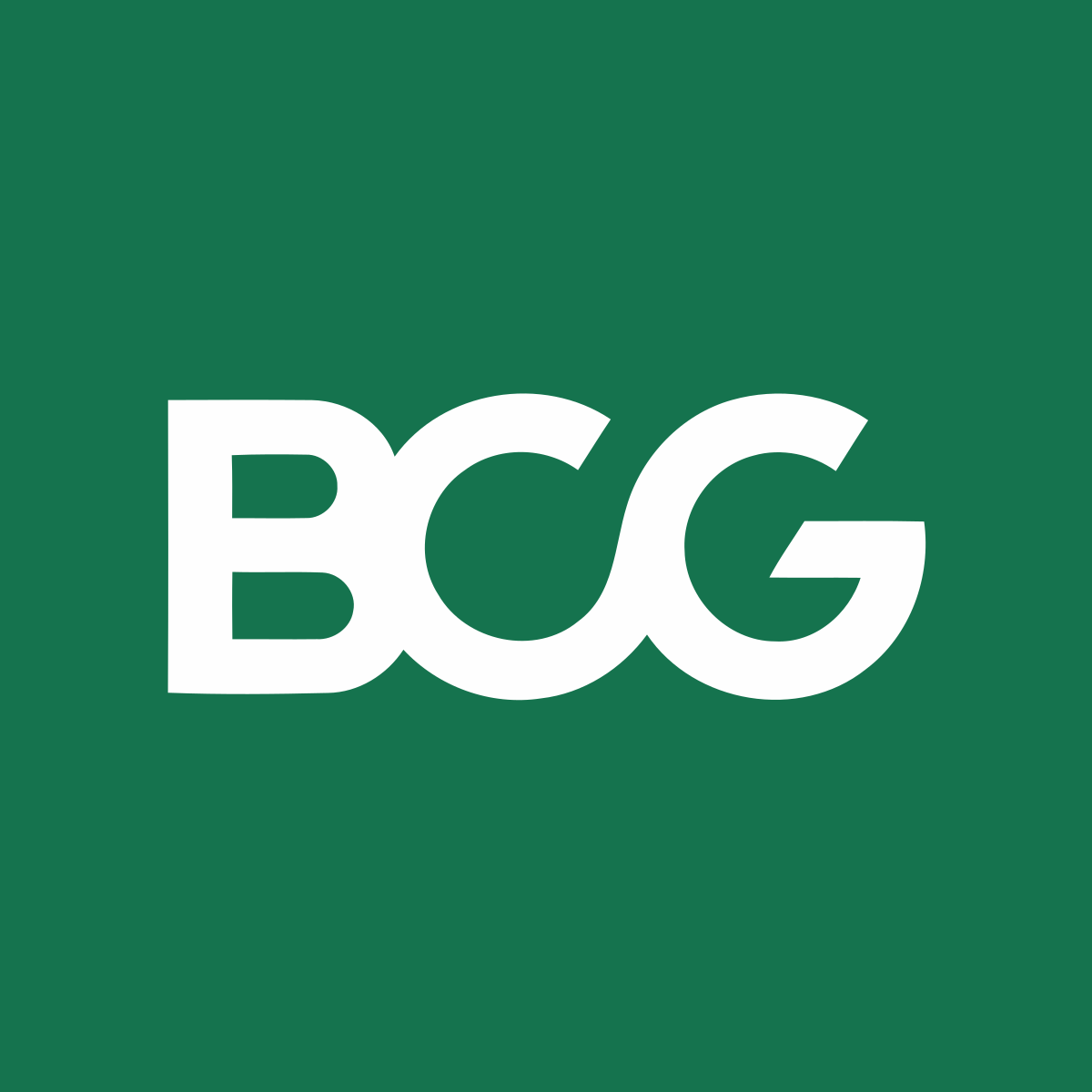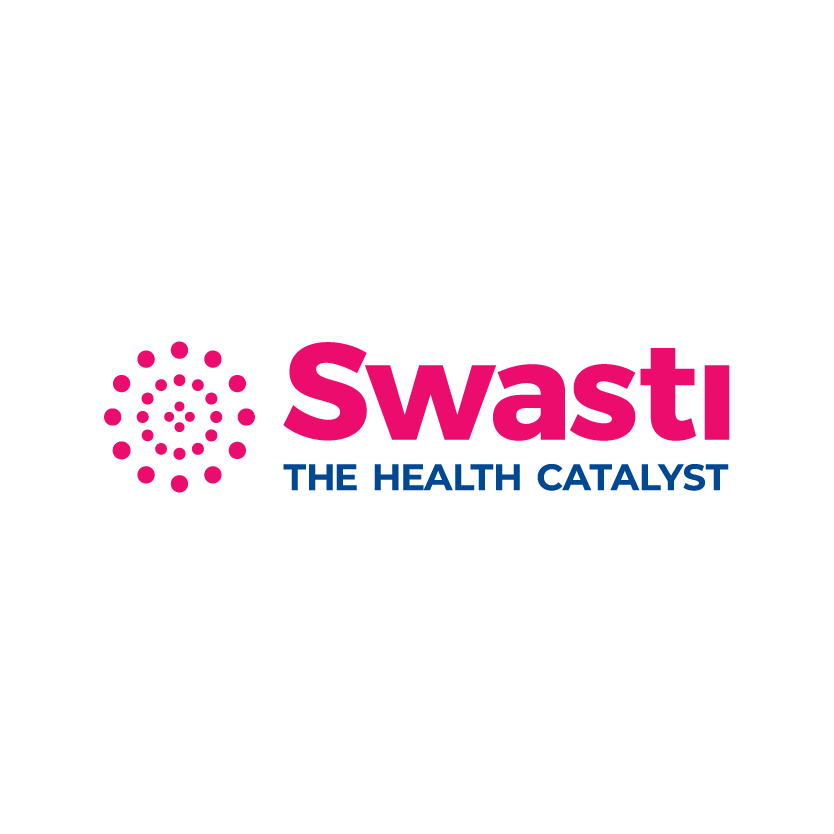

This section hosts guidelines, manuals and toolkits to strengthen public health practice.
Resources
FILTER
BY CATEGORY
View All
Private Healthcare Providers Case Story - World Health Partners
27 Jan 2022by Learning4impact 10 MIN Read
BACKGROUND
The largest gap in the TB care cascade is the diagnostic pathway, whereby patients are unable to access a TB test and receive a reliable TB diagnosis. Seeking initial care from an informal provider and consulting multiple health care providers are consistently associated with diagnostic delays. Artificial Intelligence (AI)-enabled diagnostic tools to have the potential to reduce diagnostic gaps by influencing provider behavior. However, the challenge with previous AI-enabled services focused only on accuracy with limited understanding of the uptake and utilization of these tools in an operational setting. Systematic reviews of diagnostic delays in India have suggested that the median delay in diagnosis (patient care-seeking delay + diagnostic delay) in urban areas is 44.2 days in urban areas and 62.1 days in rural areas. In addition, the percentage of the private sector as the first point of care is reported higher in urban than in rural areas (65% versus 38%). These characteristics, however, will vary from district to district. Seeking initial care from a health provider was associated with patient delay across studies and locations. Consulting multiple health care providers have been consistently associated with health system delay.
INTERVENTION WORKFLOW
USAID-supported project Closing the Gaps in TB Care Cascade (CGCC) by the World Health Partners (WHP) works towards interventions and models that contribute to a significant reduction in the gaps across the TB care cascade while simultaneously strengthening health systems for TB interventions. One of the outputs of the CGCC project is to engage with the private sector to facilitate early diagnosis of TB. Taking into account the care-seeking behavior of patients and such providers being the first point-of-consultations, the project engaged with them to prescribe free X-ray with AI-enabled reading among presumptive cases at first contact point thereby reducing the delay in diagnosis. The intervention consists of four different activities:
- Mapping and engagement of healthcare providers: Qualified formal (MBBS or above) and informal providers (AYUSH, RMPs, Chemists, etc.) are mapped in project geographies and engaged with based on TB symptomatic caseload; standard diagnostic and treatment practices; and referral networks.
- E-vouchers for chest x-ray: The healthcare providers generate and provide an e-voucher to the TB symptomatic patients. The e-voucher system is a web application interface, designed and developed by WHP with support from a technology-solution company.
- AI-enabled chest x-ray interpretation: AI- interprets chest x-ray and results are made available through a web application to the patient as well as to the healthcare provider.
- Differential Diagnosis: Providers utilize AI x-ray interpretations and additional diagnostic tests to arrive at a differential diagnosis.
CHALLENGES
- There was a restriction in field movement during lockdown (April end to mid-June 2021) and Care Coordinators could not engage with providers or stakeholders.
- A reluctance from a few AYUSH providers was observed at the time of mapping and engagement due to government policy. Few have raised their concerns about the signing and requirement of the MOU.
- Additional operational challenges raised by a few AYUSH providers included the work associated with e-vouchers; not being conversant with digital technology; and concerns related to HR, training, and time. Continuous efforts were made to address these issues through in-person meetings, follow-ups for troubleshooting, and assistance from the local association of Healthcare providers (AYUSH).
- In Jharkhand, infrastructure challenges were dominant including internet connectivity and the availability of DICOM facilities to upload images. Many facilities do not have an internet facility, so images have been uploaded through another system using a pen drive.
The acceptance of TB diagnosis consistently increased from Jun to Sep 2021. Out of 913 TB symptomatic patients, 86 were diagnosed with TB.
CONCLUSION
Since the beginning, the CGCC project has worked with informal, formal, and diagnostic centers. While formal and informal providers will prescribe CRX to the presumptive patients without any provision of incentive and will cater to the demand-side factors, the diagnostic centers will cater to the supply-side factors by reimbursing just the X-ray cost. The project hopes to increase the market for screening TB patients for further diagnosis.
Categories
Private Sector Engagement

 EXPLORE DATA
EXPLORE DATA 



























